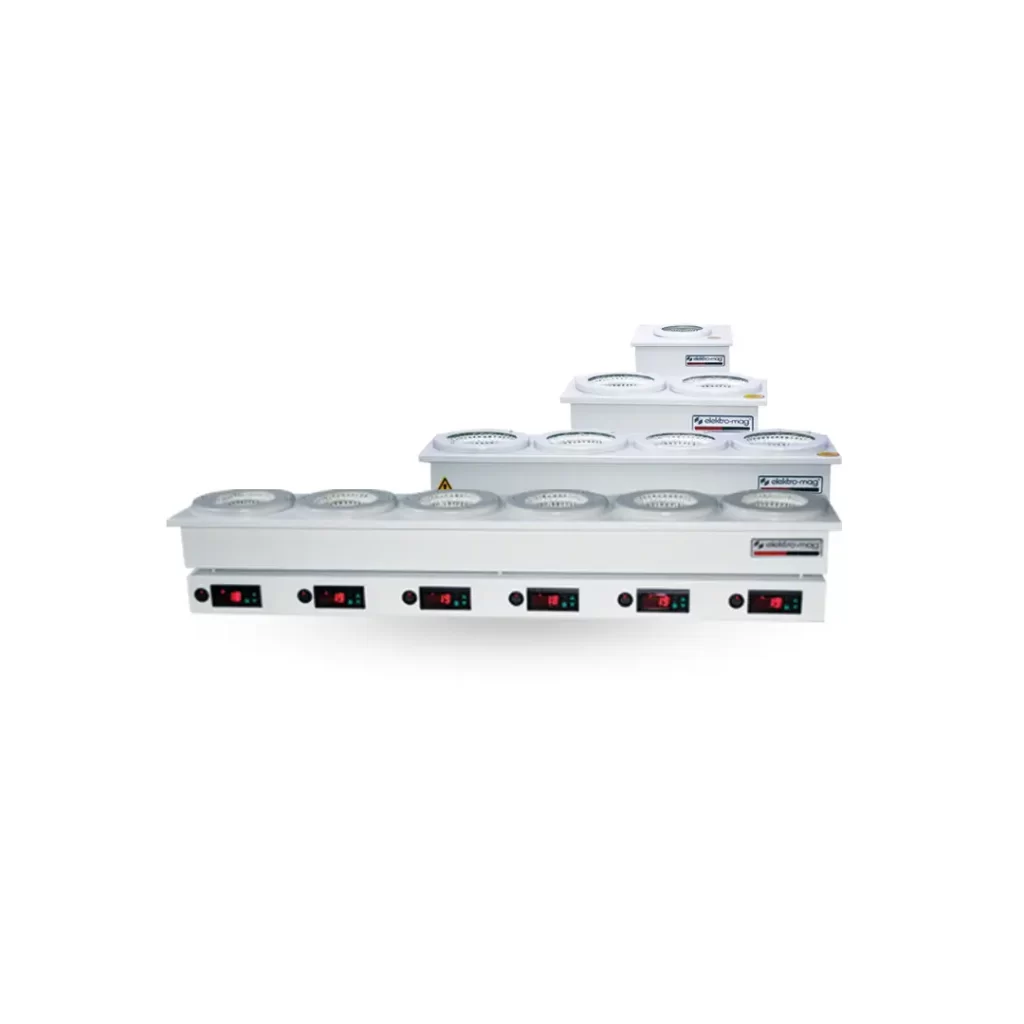Heating mantles are essential tools used in chemistry laboratories for heating substances in glassware. They consist of a heating element encased in a fabric or metal housing, providing uniform and controlled heating to the vessel placed on top. Heating mantles offer several advantages over other heating methods, such as Bunsen burners or hot plates, as they provide more precise temperature control and minimize the risk of overheating or uneven heating.
Understanding the Heat Source in Heating Mantles
Understanding the heat source in heating mantles is crucial for using them effectively and safely. The heating element inside the mantle can be electrically powered, allowing for easy adjustment of temperature settings. It is important to note that heating mantles should only be used with compatible glassware to prevent breakage or damage.
Read More
Exploring Digital Heating Mantles: Features and Benefits
Exploring digital heating mantles can offer several features and benefits. These mantles often have a built-in temperature control system for precise and accurate heating. Additionally, digital mantles may have safety features such as overheat protection and automatic shut-off, reducing the risk of overheating or uneven heating.
The Importance of Dry Heating Mantles in Laboratory Settings
The importance of dry-heating mantles in laboratory settings cannot be overstated. These mantles are designed to provide uniform and controlled heating, which is crucial for various experiments and processes. Furthermore, dry heating mantles eliminate the need for direct contact between the sample and the heat source, minimizing the chances of contamination or chemical reactions.
Electric Heating Mantles: A Comprehensive Overview
Electric heating mantles are popular in laboratory settings due to their efficiency and versatility. They can reach high temperatures quickly and maintain them with precision, allowing for accurate and repeatable results. Electric heating mantles often come with adjustable controls, making it easier for researchers to fine-tune the temperature according to their specific requirements.
Fabric Heating Mantles: Innovation in Lab Heating Technology
Fabric heating mantles are a recent innovation in lab heating technology that offers several advantages over traditional electric heating mantles. These mantles are made from flexible and durable materials, allowing for easy wrapping around various shapes and sizes of glassware. Furthermore, fabric heating mantles provide uniform heat distribution, minimizing the risk of hot spots and ensuring a consistent temperature throughout the experiment.
A Guide to Using Heating Mantles: Manual Operation
The manual operation of heating mantles involves a simple on/off switch or dial to control the temperature. It is important to carefully monitor and adjust the temperature to maintain the desired heat level. Additionally, it is crucial to follow safety guidelines and avoid touching the mantle while it is in use to prevent burns or other accidents.
Practical Applications of Heating Mantles in Laboratories
Practical applications of heating mantles in laboratories include heating and maintaining the temperature of various substances during chemical reactions, distillation processes, and sample preparations. They are also commonly used for evaporating solvents, melting solids, and conducting reflux reactions. Overall, heating mantles provide a reliable and efficient way to control and regulate heat in laboratory settings.
Electrothermal Heating Mantles: Technology and Performance
Electrothermal heating mantles are popular in laboratories due to their advanced technology and superior performance. These mantles utilize a heating element that evenly distributes heat, ensuring precise temperature control throughout the reaction. Additionally, they have a wide temperature range and can reach high temperatures quickly, allowing for efficient and time-saving experiments.
Enhancing Stirring Capabilities: Heating Mantles with Stirrers
In addition to their advanced technology and superior performance, heating mantles with stirrers further enhance stirring capabilities in the laboratory. These mantles are equipped with built-in magnetic stirrers that efficiently mix substances during heating. This eliminates the need for separate stirring devices, saving valuable bench space and simplifying experimental procedures.
Chemglass Heating Mantles: A Reliable Lab Equipment Brand
Chemglass heating mantles are known for their durability and reliability in the laboratory. With a wide range of sizes and configurations available, researchers can find the perfect mantle to suit their specific needs. Whether for organic synthesis, distillation, or refluxing, Chemglass heating mantles with stirrers offer precise temperature control and efficient mixing, making them a trusted choice among scientists worldwide.
FAQs
What is the source of heat in the mantle?
Heating mantles typically utilize electrical heating elements as their primary source of heat. These elements are designed to generate controlled and uniform heat, creating an ideal environment for various laboratory applications. The electrical energy is converted into heat, warming the mantle and, in turn, the substance or reaction vessel placed within it.
What type of heat transfer takes place in the mantle?
The primary mode of heat transfer in heating mantles is conduction. Conduction involves directly transferring heat through physical contact between the heating element and the container holding the substance. The heating element, often made of a resistive wire, heats up and conducts this thermal energy to the surface of the mantle, which then transfers it to the vessel in contact.

